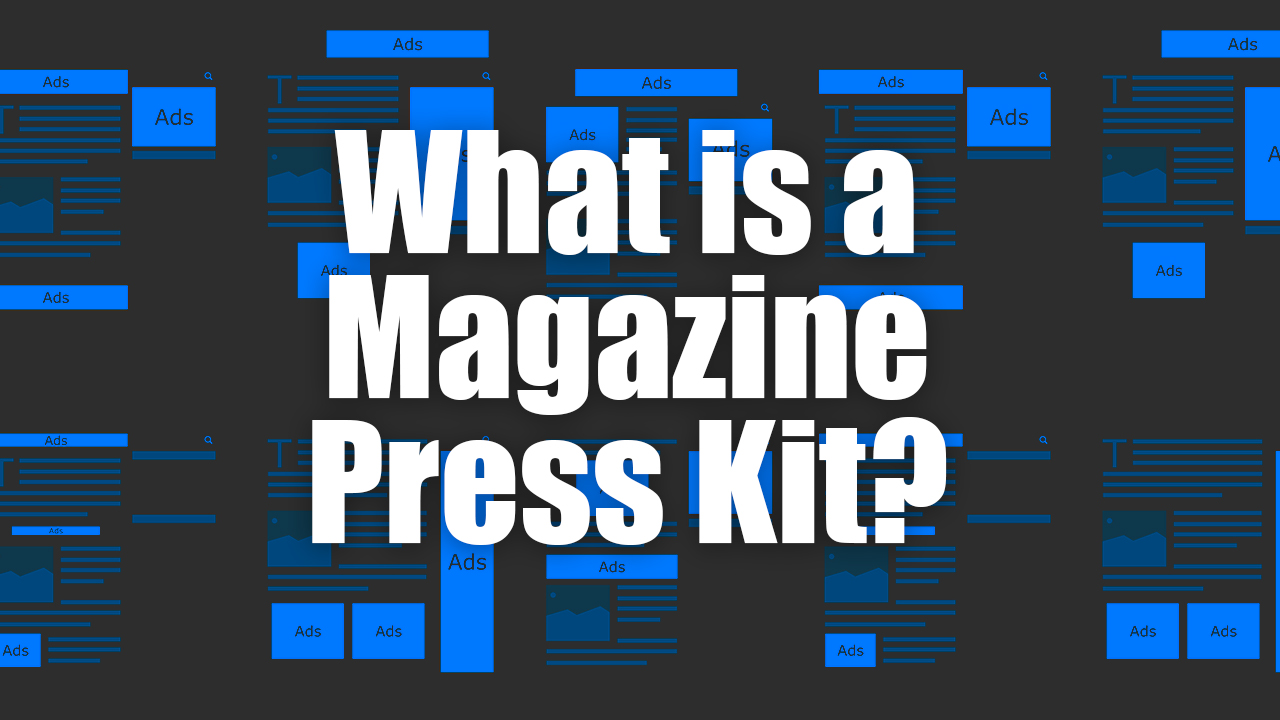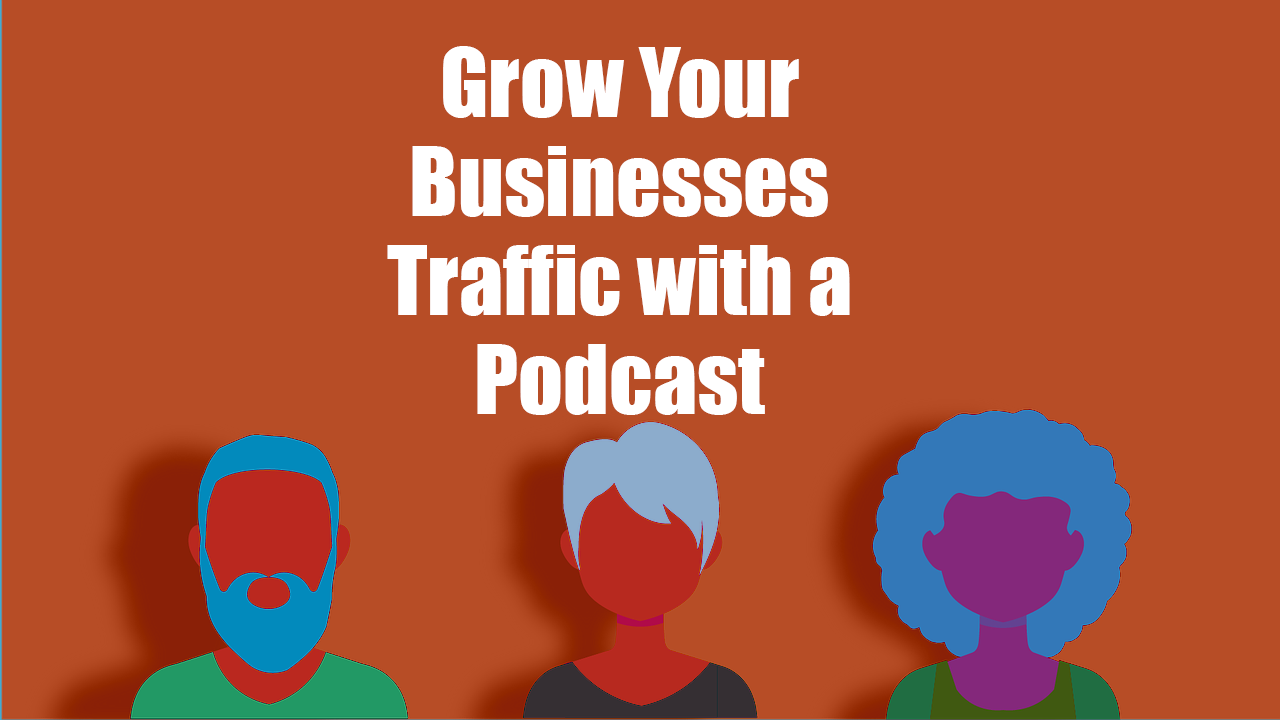A magazine press kit is a collection of materials that a magazine uses to promote itself to potential advertisers,...
Marketing
What is the difference between a “target market” and a “target audience”?
When it comes to growing your business, it's important to know who you're talking to. A key component of that is...
Grow Your Businesses Traffic with a Podcast
If you want to grow your business traffic online, you should consider creating a podcast. A podcast is an audio file...


